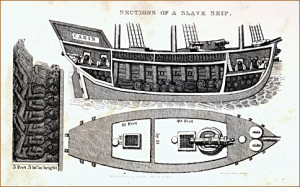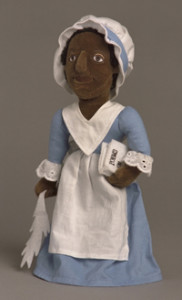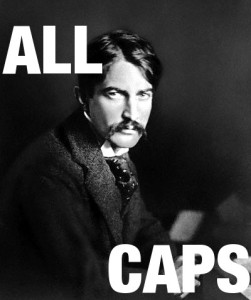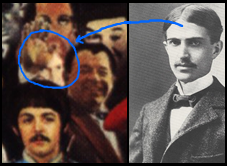(photo taken from the Phillis Wheatley Community Center)
The Name
Phillis Wheatley was taken from her home in Africa at a very young age and put on a slave ship and taken to Boston where she was sold as a slave. The ship she was put on was called Phillis; which is most likely where she got her first name.
This is a general depiction of a slave ship. Could you honestly imagine being named after this; the thing that carried you and anyone who looked like you away to hell? What would it be like to identify as this? And what is the painstaking process like of finding an identity not based off of that name while everyone “above you” is forcing that identity onto you.
The Slave
Phillis Wheatley was not in good health when she arrived at the Wheatley home (who would be?) and was kept as a house slave. The Wheatley’s daughter became very fond of Phillis and she was soon kept primarily as a companion for the Wheatley daughter. Under this circumstance Phillis had the unusual chance of becoming educated. And boy did she ever! Phillis learned the English language within 16 months of coming to America. She had never been exposed to the English language before making this quite the accomplishment. She continued to learn Latin and Greek and became a published poet at the age of 12.
The Writer
Luckily, when the Wheatleys found Phillis writing on a wall with chalk they encouraged her to learn. From that pressure, we gained a number of adored poems. Phillis Wheatley was the first published African American female writer. She wrote one book of poems: Poems on Various Subjects, Religious and Moral. After an inspiring trip to London under the Wheatley family, Phillis returned home to be given her freedom.
The Free Woman
Phillis never had it easy. She lived a long difficult life, which does make her story even more enticing. After several of the Wheatley family members passed, Phillis married John Peters. Peters was a free black man who had a business venture that failed. Phillis began to work once more as a servant to make ends meet. She would publish a few more poems and write sporadically. Phillis died very poor, but as a free woman. Her final manuscripts were never found.
Whooo, that was heavy! All bummer things aside; Phillis was a bad …! It doesn’t get much more resilient than Phillis Wheatley. A resounding “get it girl” is definitely in order. And just to propel any new found love for this amazing woman you may have found; check this cool stuff out:
If you love snail mail as much as I do, check out these Phillis Whealtey post cards from Zazzle:![]()
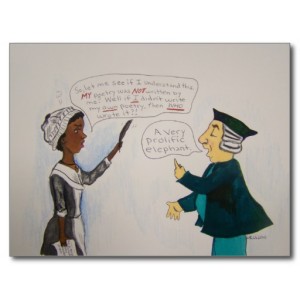
Or if you like adorable and historical things you can buy this adorable doll here.
Dang, that is cute!


